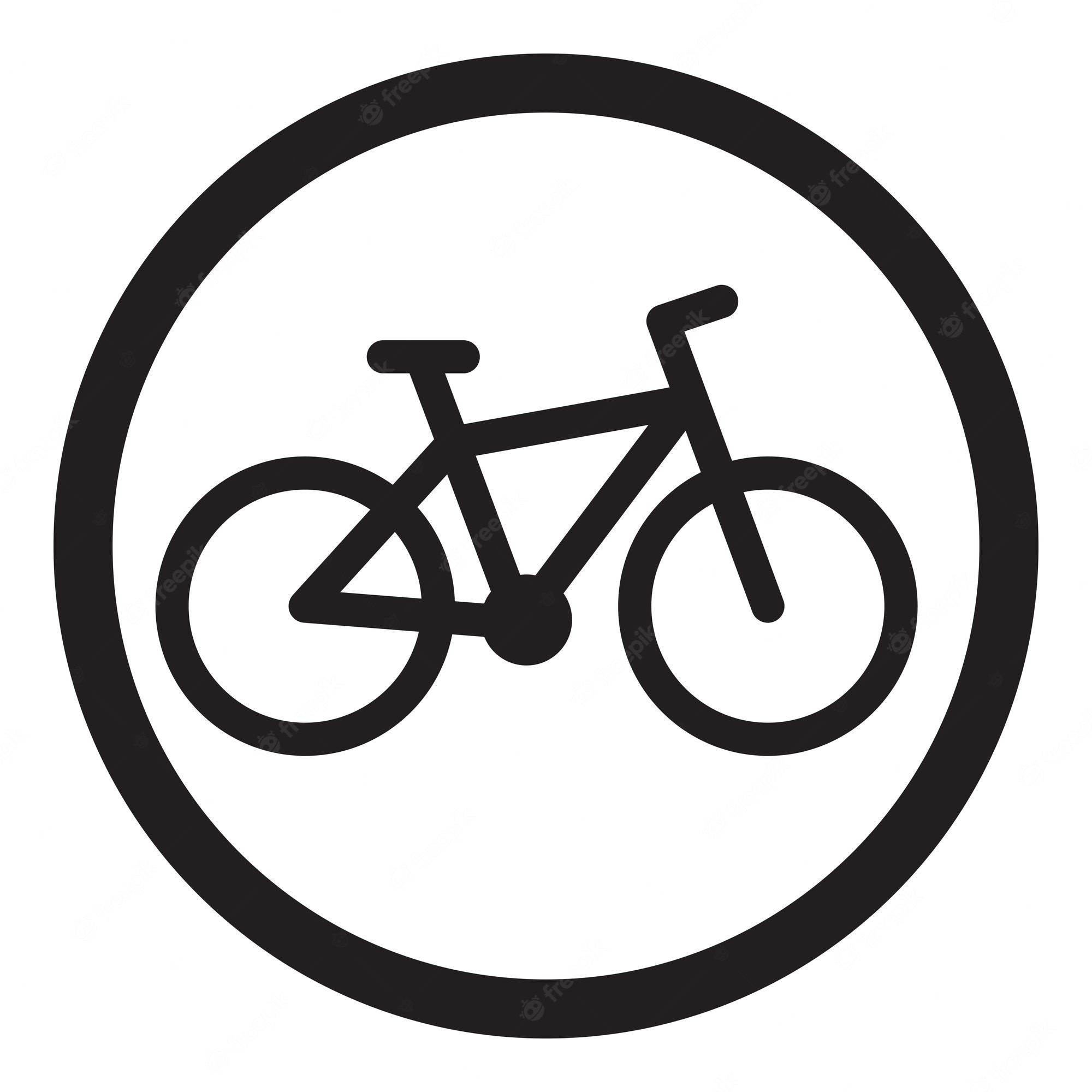

In Chinese it’s 比亚迪 which sounds like Biyadi [insert fancy Winnie the Pooh meme here]


In Chinese it’s 比亚迪 which sounds like Biyadi [insert fancy Winnie the Pooh meme here]


When officers approached the car, it quickly drove off. Police said the driver was operating the vehicle erratically; running red lights, weaving through traffic, and hitting speeds around 90 km/h in the downtown core.
Multiple police units, including the Tactical Support Team and the Canine Unit helped stop the vehicle near St. Michael Road and Pulberry Street.
The driver was arrested and officers discovered he had a quantity of methamphetamine in his possession.


I makes me want to buy sugar cubes.


The poll does not have a margin of error because online polls aren’t considered truly random samples.
“In terms of those who support the ban and those who have specific concerns regarding TikTok, it’s mostly among older Canadians who don’t use TikTok,” said Christian Bourque, executive vice-president of Leger.
It’s almost as if the headline is clickbait or something. Bullshit article about a bullshit survey that can’t even be called a survey.


“As soon as it occurred to me that there might have been other people who were impacted, I knew I was going to do something,” she said. “I want to see accountability and want to make sure it never happens again."
Boss.


…polished environments and character models…
No more triangle titty. ;_;


…Or helping the homeless, and making the streets safer.
By adding more transportation options maybe. 🤔
For me, a “normal” distance is ~8 km one way, but only because most of that is through a converted train corridor that’s completely separated from vehicle traffic. I wouldn’t like to do it if it was bicycle gutters all the way but I guess I wouldn’t mind if it was the only option. There’s also two rather substantial hills on my route which can really kick my butt if I missed some sleep or something.
Assuming 17 km total (~8.5 km one way), good infrastructure and minimal incline; totally doable. If you haven’t ridden a bicycle in a long time, let yourself have extra time to take breaks and remember to bring snacks so you still have enough energy to work. If it’s 17km one way, that is also totally doable but would require more physical preparation (and snacks). You can check incline on google maps; should show you a little graph when you set bicycle as your mode of transport.
If you’re in North America or somewhere where cycling to work is considered super cray cray progressive; I would also suggest getting a brightly coloured cycling jacket, helmet and front/rear lights; though, might not be that important in some European cities like Amsterdam.
*Also remember to pack an extra tube and tire change tools with you unless you go tubeless of course.


Unfortunately, many media outlets do not understand the differences and serve only to further confuse their viewers on the topic. The only source I would trust regarding any indigenous topics is APTN. The linked video briefly describes the differences between elected and hereditary chiefs in Wet’suwet’en law, though this may be different with other tribal law systems.
I will only add that the elected chiefs, representing their respective reserves, have a conflict of interest since the funding they rely on to provide for their people comes from the government, which is obviously not on their side. For them, it was either endorse the pipeline or lose funding from the government, which would probably mean losing their land.
Also, this video talks about RCMP disinformation tactics using the media to misrepresent the people who’s land is being taken away as criminals.


As if the Truth and Reconciliation Commission was just expensive PR.


Wasn’t there already a pilot program?


AKA Alternative Methods of Dealing with the Indian Problem.


Should spend more, 220m seems a bit low.


It’s been the same shit since… ever. Oka, Ipperwash, Gustafsen Lake, etc. It’s almost as if all the talk of reconciliation was just for good public relations.


I wonder how many people have microscopes in their homes. 🫣


These sort of actions are necessary when so much of the Caribou’s natural habitat is inaccessible or poor quality due to human activity.
It’s pretty fun so far, and I haven’t even finished the training levels.